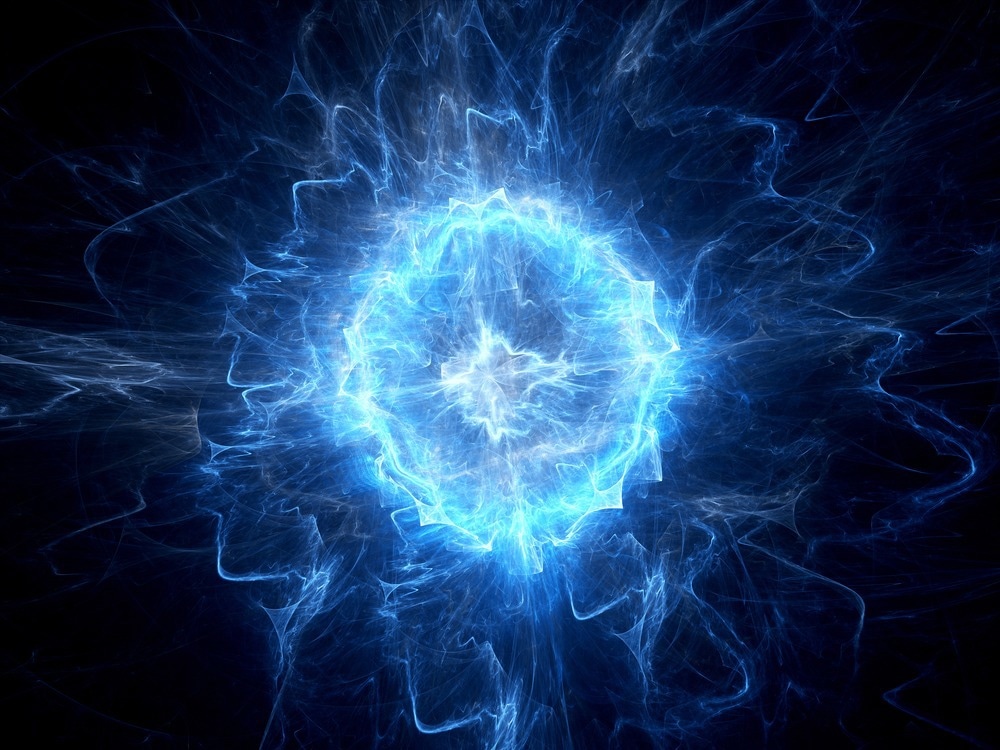As the effects of climate change continue to worsen, the need for efficient and more eco-friendly ways to produce energy is paramount. The energy production methods currently in place can negatively impact the environment, with gases such as carbon dioxide, methane, and nitrous oxide released into the atmosphere contributing to global warming.

Study: MXene-Based Materials for Advanced Nanogenerators. Image Credit: sakkmesterke/Shutterstock.com
In a move towards more sustainable, eco-friendly energy production, a study published in the journal Nano Energy, presents an innovative approach to producing energy using MXenes, a material used in advanced nanogenerators.
Greener Energy
With the ever-increasing danger of climate change and subsequent energy problems, researching and utilizing sustainable and clean energy sources has suddenly become a significant topic in modern society.
Mechanical energy, one of the most plentiful energy sources, has ease of access, continuity, and universal existence. Yet, the majority of this energy source is frequently overlooked and wasted.
Advanced Nanogenerator Technology
Modern nanogenerator technologies have recently been efficiently developed and utilized for converting mechanical energy into electrical energy.
This advanced nanogenerator technology is not only unrestrained by geography and environmental factors, but it also has utilization in a broad range of applications.
Advanced nanogenerators have already displayed appealing applications in the form of multifunctional self-powered sensors and wearable power supplies. These applications are due to the advanced nanogenerators having a simple design, ease of fabrication, extremely high-efficiency energy conversion and good cost-effectiveness.
Nevertheless, owing to the low output performance of advanced nanogenerators, their practical long-term implementation remains a long way off.
MXenes and What Makes Them So Special
MXenes are developing 2D transition metals in the form of nitrides, carbides, and carbonitrides. This material has various advantages, including strong electronegativity, metallic conductivity, excellent mechanical characteristics, and an abundance of surface groups.
MXenes-associated composites for advanced nanogenerators are projected to capitalize on the features associated with MXenes, thus, enhancing electronegativity, boosting conductivity, and optimizing mechanical qualities, resulting in dramatically improved output performance.
Previous Research on MXenes
The significant rise in research papers and associated citations since 2016 indicates a huge growth in studying energy generation using MXenes.
However, the main characteristics, inherent optimization processes, and design techniques of MXene-associated composites for advanced nanogenerators have never before been reviewed. This makes it difficult to gain significant insight into the future growth of MXenes-associated composites and their usage in advanced nanogenerators.
Basis of Current Research on MXenes Associated Materials
In this research, the researchers first highlighted the most recent breakthroughs in MXenes-associated materials for both piezoelectric and triboelectric advanced nanogenerators.
To begin, the team researched the fundamentals of piezoelectric and triboelectric advanced nanogenerators, including important characteristics, functioning processes, and obstacles.
The study also discussed the superior characteristics of MXenes-associated materials for both types of advanced nanogenerators. Following that, the design strategies and function of MXenes in improving the performance level of the advanced nanogenerators were thoroughly examined.
MXenes-associated materials' development background and applicability for both triboelectric and piezoelectric enhanced nanogenerators were emphasized.
Finally, the researchers offered some thoughts and recommendations on future design strategies for MXenes-associated composites for advanced nanogenerators.
Results of The Study
In this study, MXenes-based composite substances for PENGs and TENGs were thoroughly examined by the team. The team pointed out that advanced nanogenerators are intriguing candidates for utilization in harvesting mechanical energy, developing multifunctional sensors, and other applications.
The logical integration of MXenes with polyvinylidene difluoride, polydimethylsiloxane, polytetrafluorethylene, silver, gold, and carbon nanotubes, and oxides improved the performance level of advanced nanogenerators by leveraging the superior advantages of metallic conductivity, flexibility, electronegativity, and customizable surface chemistry.
The team concluded by stating that MXenes may significantly increase the conductivity, and electronegativity of the advanced nanogenerators, allowing for quick electron transit, exceptional flexibility, control of surface charge, and the ability to improve cycle durability/stability.
Tian, J., An, Y., & Xu, B. (2022). MXene-Based Materials for Advanced Nanogenerators. Nano Energy. Available at: https://doi.org/10.1016/j.nanoen.2022.107556









 Add Category
Add Category

